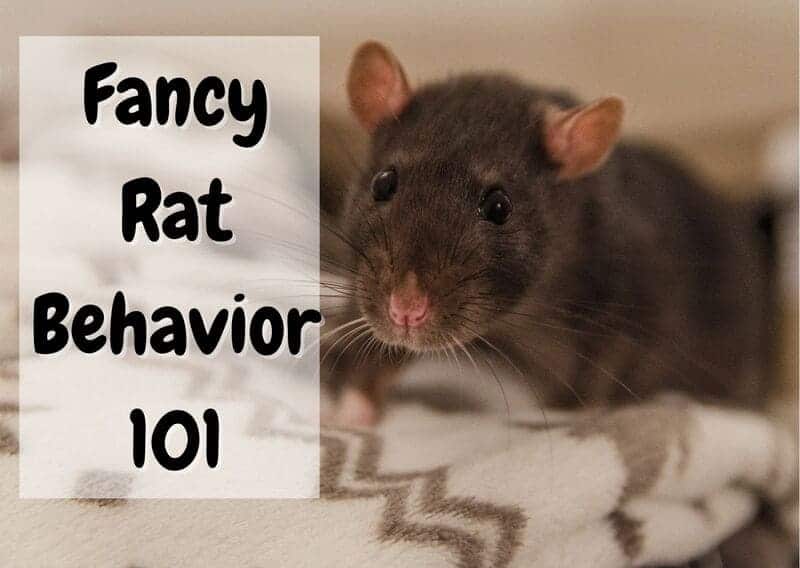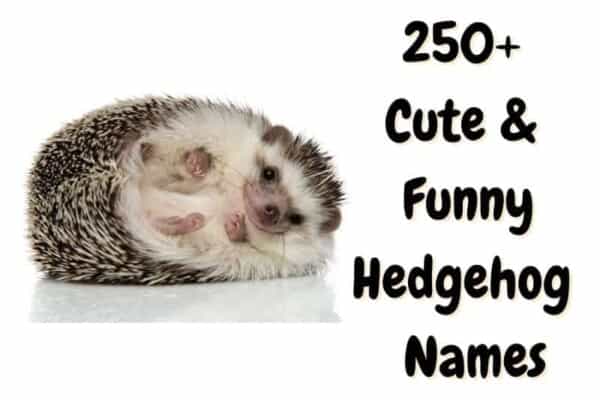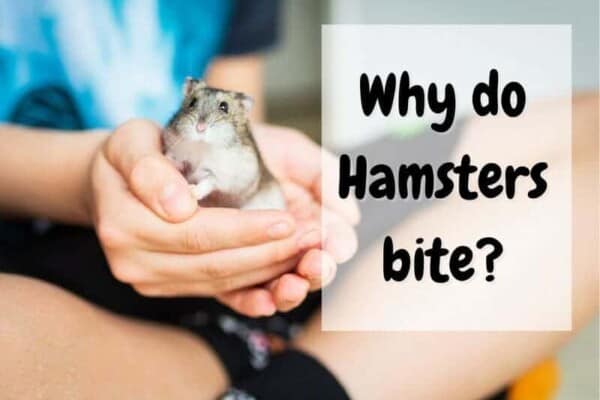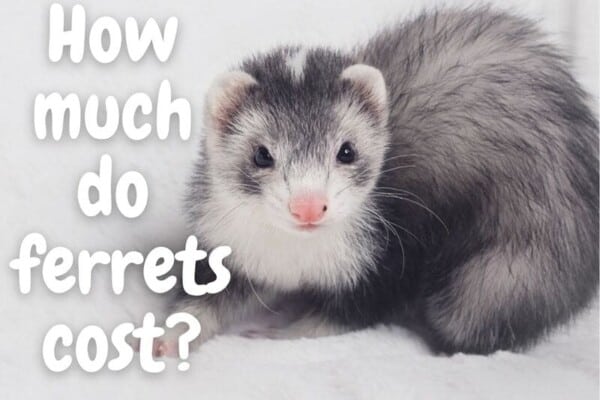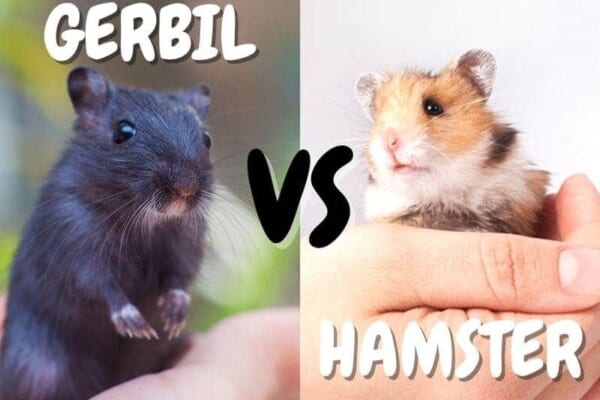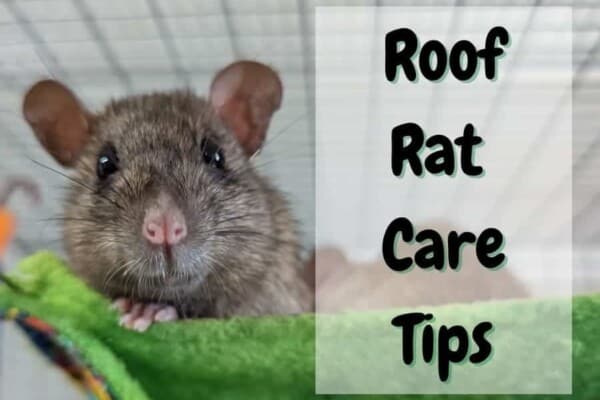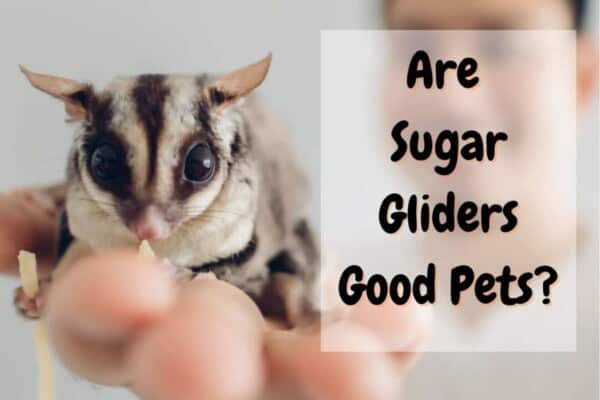You can expect that fancy rats will have behaviors that will tell you something that they like or dislike through body language and physical sounds. But to get a better idea of what they are trying to tell you is simple enough if you use this behavior guide to your benefit.
Normal behavior in pet rats
Tail in the air
This shows a natural curiosity and interest in what’s around your rat. They will walk with their tail elevated to keep balance but it also shows that they are content in their daily activity.
High nose
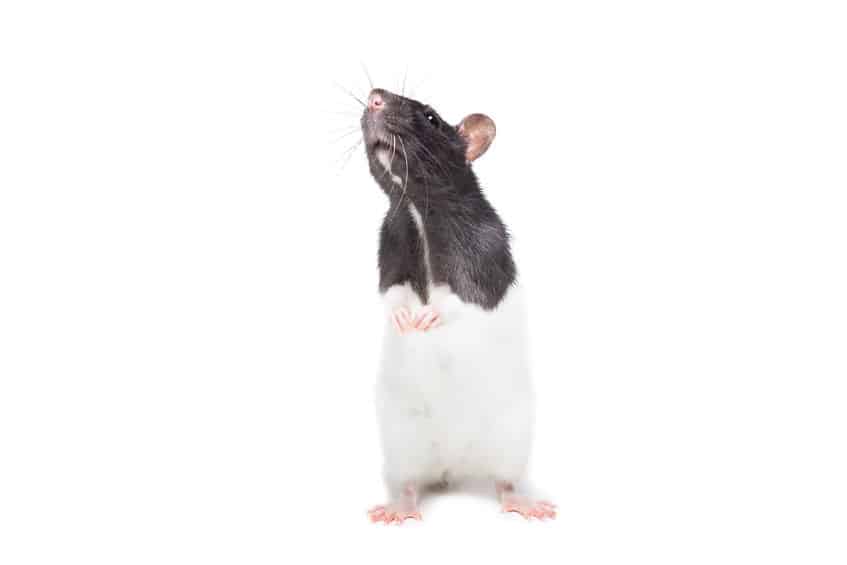
When you see your rat standing on their hind legs with their nose in the air, it wants to smell its territory around them. They may also be able to smell your scent, as you enter their cage area.
Scent marking
Both males and females will scent mark objects and items inside and outside their cage. They can even mark you to let others know that is something that belongs to them. Males use scent glands while females use urine.
Grooming
A rat that is gently chewing and lightly gnawing on your skin or hair is showing their appreciation for you. They do this to other rats but that is something totally different. They will make tiny peeping noises while they are grooming you or other rats.
Stashing food
Normally, your fancy rat will stash their food all over their cage. This is built-in behavior that helps them to survive in case of food shortages. It’s common to see that rats will fight over stashed food in ratty squabbles.
Nest building
A good nest is where your rat will feel at home and where they spend most of their resting moments. They’ll bring snacks and items that make them comfortable into their nest and can be a monument to their little kingdom.
Pulling
This isn’t limited to males or females and will usually come from a hard-wired behavior that experts believe is maternal. A rat will pull and tug on another rat into an area without trying to hurt them. No one is sure if this is done to protect or prevent a buddy rat from being harmed.
Hiccups
From time to time, you can hear your rat making hiccups that are caused to help clear food that may be in its throat. It’s done to help release food that is stuck in their throat but has cleared their airway. You can hear light squeaks as they try to dislodge the food so it goes down easier.
Swaying
This is when your rat will sway back and forth and is found mostly in pink eye rats. They do this because they have very bad eyesight due to how their eyes are positioned on the sides of their head. So they sway back and forth to see you better.
Dead sleep
This is shocking for some owners to see their rats rolled over on their sides or on their backs looking completely dead. This position is a form of sleep that is so deep, they aren’t moving much at all. At first glance, it may appear that how your rat is laying, they have certainly died horribly, but the truth is that they are sleeping more soundly than usual.
Food squabble squeak
This will be a long whining low pitch squeak that is sounded between two rats inside their cage. This happens when one rat is stealing food from the other and the offended rat is offended and agitated.
Signs of a happy fancy rat
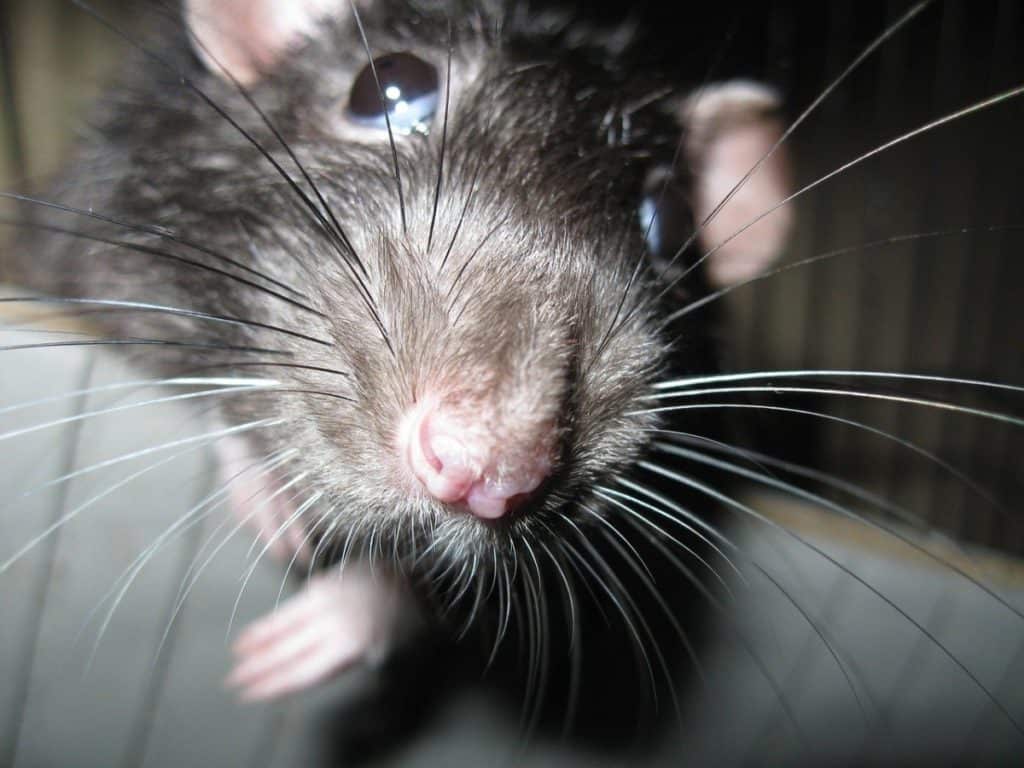
Eye boggling
This is pretty impressive to see rats’ eyes popping out rapidly while you pet them. This is their way of telling you they are very content with being held or having their head stroked. It comes from the Bruxing muscles in their jaw that force their eyes to pop in and out more than usual.
Grooming you
Rats like grooming themselves but they will also groom your skin when your rat feels it’s needed. If they are grooming you, be honored that they want to do this. This means they have finally bonded with you in a very friendly way.
Bruxing
This is an activity that your rat will do by grinding its upper and lower teeth together making a purring-like sound. Normally, they do this when they are content or happy, but can be a sign they are a little nervous too.
Chattering
This is a louder version of bruxing that will obviously be louder than the soft chewing sound. This is showing you they are very happy with something and increase their chewing to a level that can be heard up to a couple of meters away.
Peeping
From time to time, your rat will make peeping sounds, especially when they are grooming you or with other rats. This is a normal sound that’s a sign they are happy and can also come from the action of lightly chewing while emitting light peep sounds.
Hopping
When your rat is very excited about something it will be hopping inside or outside its cage. Unlike popcorning, this hoping is a running leap into the air and tells you they are very happy.
Licking your skin
Seeing that your rat is licking your skin is not just part of grooming but does show they like something about the taste of your skin. If they are licking your skin, it can be from a tame rat that wants to clean and groom an area of skin that has food residue.
Nibbling
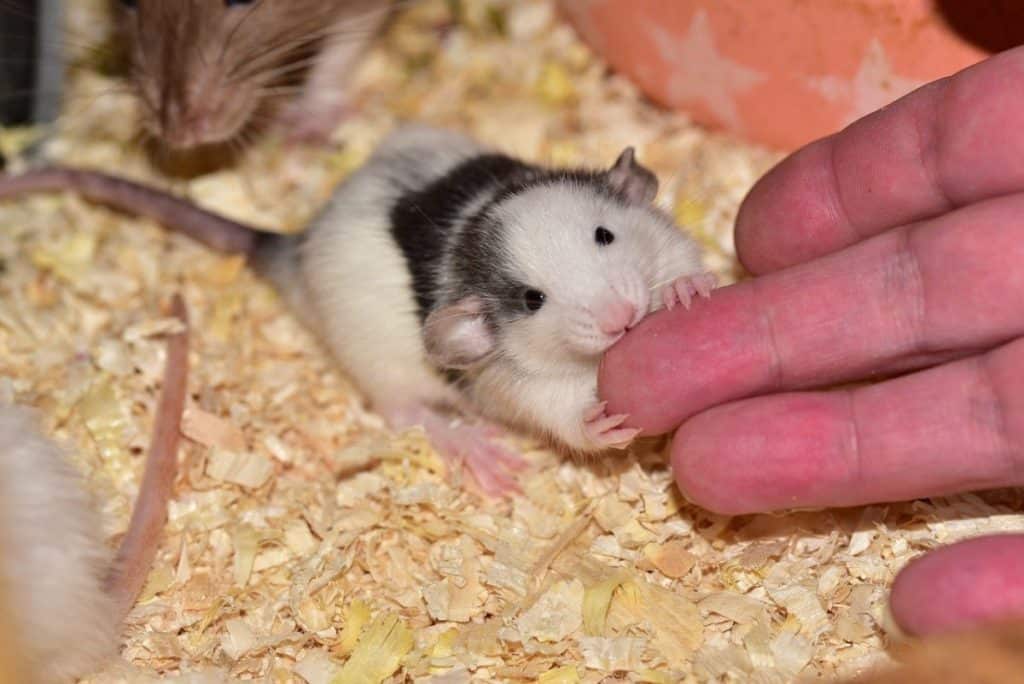
Similar to bruxing, nibbling is slightly scraping the surface of your skin or fingers. They do this when they are tame and won’t break the skin at any point. This is when you know you’ve bonded properly with your fancy rat.
Allogrooming
When there is more than one rat in your cage, rats will take turns grooming each other. This is instinctual, so they will do this to keep themselves nice and clean more often than not.
Barbering
There is one aspect of allogrooming that is considered overgrooming. This can leave a buddy or partner rat with bald spots or patches that are missing hair. This aggressive grooming might be due to removing parasites or cleaning young babies of their umbilical cord stumps.
Takes and eats food from your hand
One of the first tricks that you teach your rat is to take food from your hand. This will start when they are young and progress into a practice that is going to be commonplace for them.
Despite their overall adult size they will love eating food in your hands. They may find they will like to eat their snack in your hands or retreat to a place where they feel comfortable. But if they decide to eat this food in your hand, it means they’re comfortable in that spot.
Yawning
This isn’t a sign that your rat is tired, it just means they are telling you they have no problem with what you’re doing. Just as you would submit or surrender, they show their teeth to also let you know they aren’t going to be a pushover either.
Read also: How to tame a fancy rate – a step-by-step guide
Signs of an unhappy rat
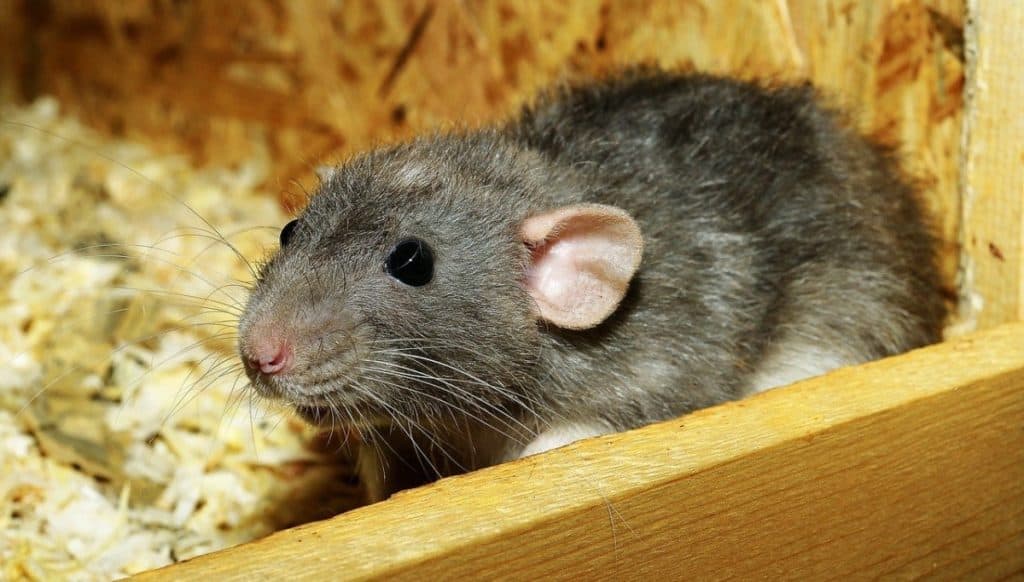
Loud squeaking
Hearing loud squeaks and shrieks is a sign that your rat isn’t happy with something. It can be a prelude to a fight or during a fight. This is also from being bitten and this sound tells you one of your rats is in pain or distress.
When you hear a solid low pitch sharp squeak, this is because your rat doesn’t like what you’re doing. If they make this noise if you approach them, quickly get your hand out of the way. You might end up being bitten since this is a warning sound.
Puffing up
If you’ve seen a cat get puffy, this immediately tells you they are not happy with something. They are getting puffy to show their aggressive side, so you shouldn’t get closer to them if they have all their fur standing up on end.
Phantom bites
If you are putting your hand near a fancy rat that’s agitated, it will respond by biting in the air, toward your hand. This is essentially a warning shot that lets you know you shouldn’t come any closer. Push this any further and any bite will become a reality.
Insecure
You can expect that there will be nervous grooming that’s followed by standing up tall on their hind legs every so often. This will continue until your rat feels there is no more threat that is near its habitat cage.
Hissing
Another tell-tale sign that your rat is ready to attack is making a loud hissing sound. You must have done something very irritating to cause this, or they are just being irritable from something that made them unhappy.
Teeth chattering
Another sound that comes from unhappy rats is louder than bruxing and is obviously very angry. This is a two-way streak since your rat can also make this sound if they are happy about something. This is why you have to be careful in either case if they are showing off negative signs.
Monkey barring
This is always coming from stress or boredom in a cage that isn’t giving your rat something. Perhaps it’s too small or there aren’t enough toys. They will climb to the ceiling in protest of a habitat that isn’t suitable for them anymore.
Standing sideways
This is a tough one to describe, but your rat will show the blue part of its eyes and splay its feet. They will also have puffy fur, hunched backs, and tucked-in tails. It means they are getting confrontational with you or another rat.
Crab walking
This is another confrontational movement that shows off puffed fur and will be walking sideways. It’s showing dominance or discomfort between two rats and normally ends with no fight involved.
Rearing-up
Any rat that decides to rear up against another rat or in front of you is telling you to back off very quickly. This is a defensive move that shows they are getting ready to lunge at you so it’s best to back down to avoid being harmed.
Pushing away
When your pet rat decided to push you away or objects to you getting near them, they aren’t advised to handle it at that moment. Even if you offer them food and they push you away, don’t keep it up and wait a while until they are more approachable.
Swishing tail
The combination of a swishing tail, ears twitching, and shrinking away from you is your rat’s way of telling you they aren’t in a good mood. Something is bothering your rat and you want to avoid getting bitten or worse. Let them cool off for a while until going back to them.
Understanding your fancy rat’s body language
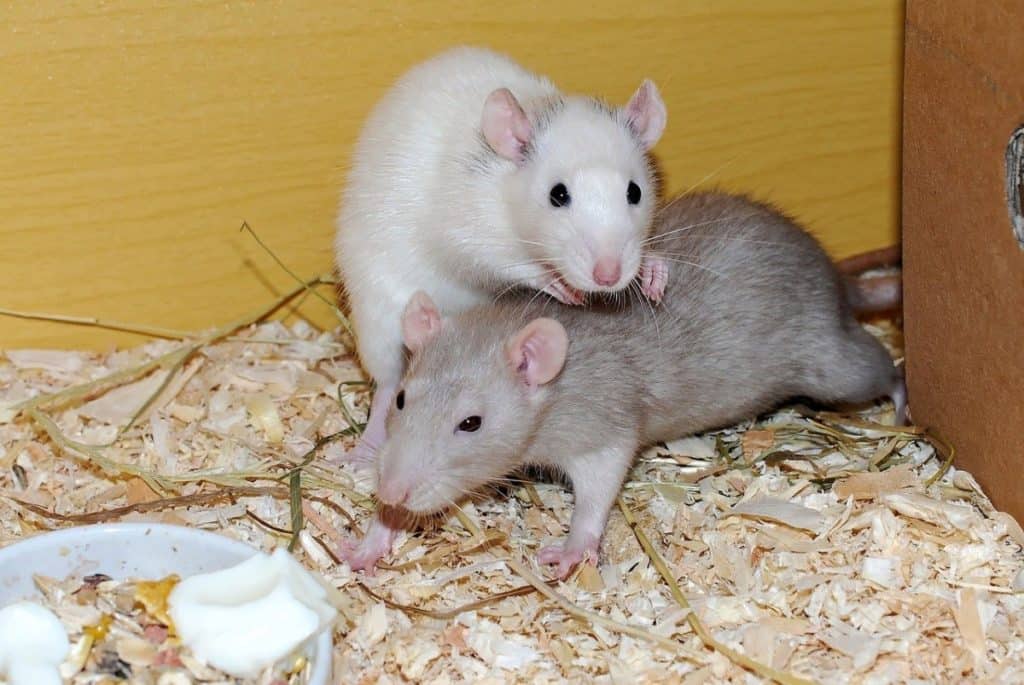
Popcorning
An overly excited rat will pop right into the air when they show how happy they are when they see you. It’s funny to see a rat do this and they will make this a habit while roaming outside their cage.
Arching upward
When there is a dispute between two rats, they will be pushing their noses upward in the air. It’s part of showing their dominance and strength that doesn’t end in conflict. In a way, it looks like a careful dance that shows they have ranked among each other.
Boxing
This is another type of stand-off contest that has two rats opposite each other and barely touching front paws. This show of strength isn’t technically boxing like we are used to seeing, but how they stand immediately looks very similar to the boxing sport.
Rough play and squeaking
Rats like to play fight and this isn’t uncommon for a habitat that has two or more rats inside a cage. They will roll around and enjoy their rough play with brief squeaking sounds every so often. Even if they sound distressed, it’s all part of their practice fighting and playing.
Hiding
It just wouldn’t be a ratty activity that didn’t involve hiding to some degree. Rats love a good hiding spot that can include their nest or hidey house. They don’t hide so often out of fear but like hiding whenever they are stashing their food stash.
Freezing
Rats will do this when they have an immediate threat near their cage. This can be from your pet cat or dog sniffing their cage, or from a sudden noise they don’t like. Your fancy rat will suddenly freeze until the threat is gone or it can go back to its regular activities.
Red tears (porphyrin) from stress
This is a liquid that comes from behind the tear duct in your rat’s eyes and will normally excrete from time to time. This helps to lubricate their eyes and is often cleaned when they groom. As rats get older, they might not groom so often and this is when you see this liquid gathering in the corners of their eyes.
Seizures
Rats can have seizures from time to time if they are suffering from illnesses. Sadly rats are prone to getting seizures as they get older. The early signs will look as if your rat is shivering from fear, but this is what a rat seizure looks like. It only gets worse as your rat ages.
Choking and pseudo choking
You may not know this but rats can choke on their food if it gets stuck while it’s being swallowed. But they will also do something that is similar to choking and is simply called pseudo-choking. They will move their head up and down mimicking a choking motion but is more to help food get dislodged down their throat.
Pinched sides
This is a serious condition that will have rat owners see their rat’s hip bones sticking upward with the sides of its chest caved in. This is telling you that your rat is in pain and could be having a heart attack. You need to get your rat to a vet right away if you see this.
Reduced diet
Any rat that isn’t eating normally can be a sign they have an internal blockage or are severely ill. Reduced diets are another immediate sign that you need to bring your fancy rat to the vet sooner than later.
What to do
It’s hard to see your rat in pain or discomfort. Getting them to a vet is the best advice I can tell you since it will give you a chance to save their life. It will be expensive, but for those who love their little pets, this might be the only solution.
Read also: How much do fancy rats cost?
Understanding dominance behavior in rats
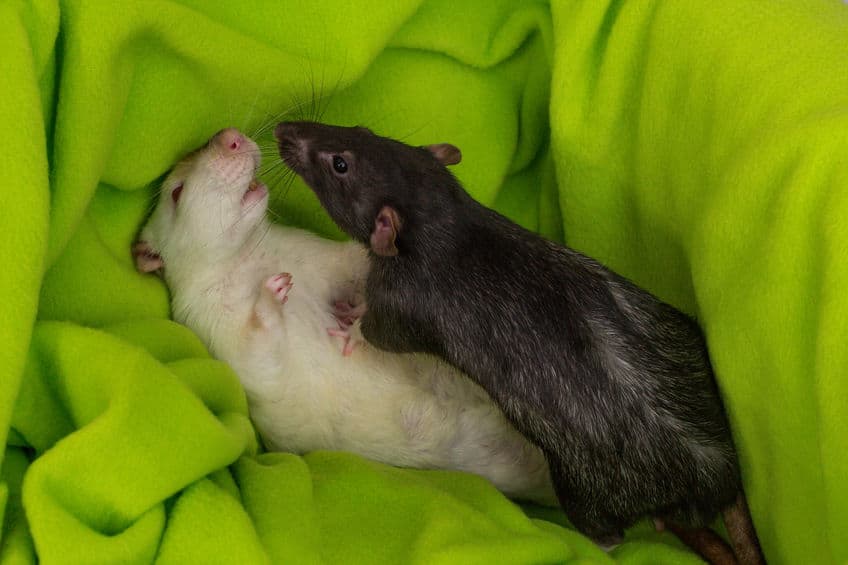
Alpha males
Male rats that assume the alpha male rank will display dominant behavior that includes crawling over, standing over, and mock-humping beta males. They continually taunt these betas until they have a challenger that wants to become an alpha. Fights will be common at this stage when they challenge each other.
Betas
Beta males will be less of a challenge since they don’t want to get hurt. They will prefer crawling under the alpha and lying belly up to show they aren’t a threat. They will be treated poorly by the alpha males but will make attempts to mark territory using their scent glands.
Female dominance
Female rats aren’t showing as much dominance over other females so they live together in a peaceful lifestyle. There will still be squabbles that can erupt but they aren’t as bad as the males tend to be.
Courtship behavior
This is when you’ll see a female rearing up her tail end showing she is ready to be mounted. In addition to seeing her ears shaking or vibrating, she does this mating dance to entice a male rat to mate with her.
Pregnant behavior
If you didn’t know you have a male and female in your cage, there will be visible signs that your rat is pregnant. You’ll notice that a female will eat more and steal more of the male’s food. Her behavior will change and also her appearance and weight will increase.
They will show less interest in male rats and start showing visible nipples that are sticking out. They will also start building their birthing nest which will include loads of hidden snacks they don’t need to collect. At this time you need to give them plenty of food and water.
Abnormal behavior in fancy rats
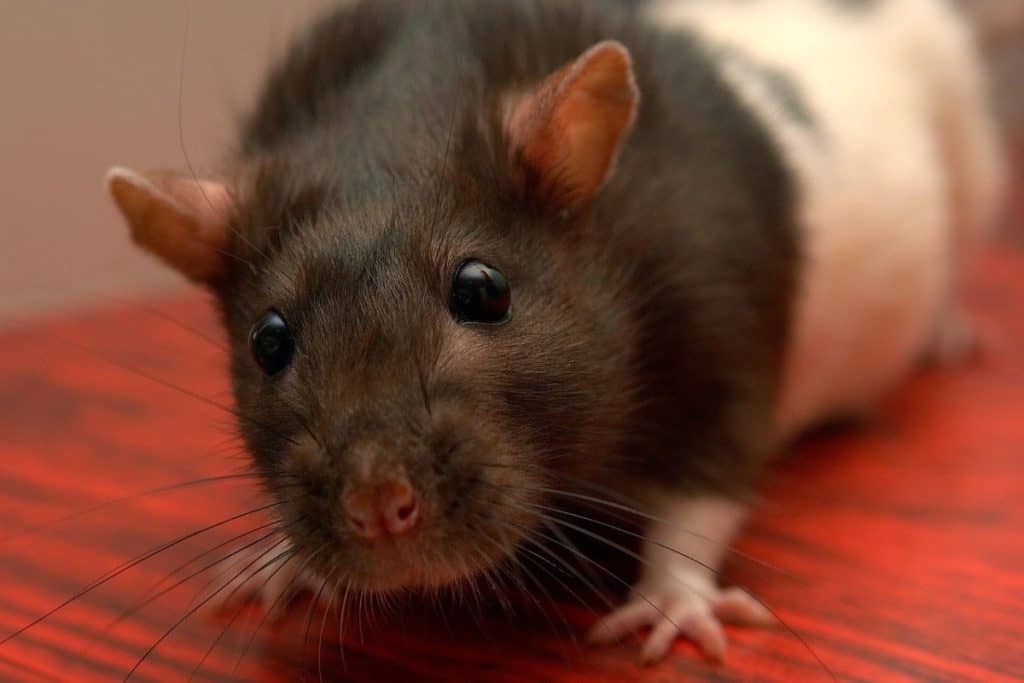
Chewing cage (Boredom)
It’s not a common thing, but if you see your rat chewing their cage, this is a certain sign of boredom. Their cage may be too small for them to feel happy living in, so you’ll be better off getting a larger cage. No question about it, they need space to roam and keep busy.
Repetitive movements
Boredom can also include a symptom that includes a sickness that you might not be aware of. Some rats can and will exhibit autism which will have your rat repeating behavior that is repeated over and over. New studies are showing that autism is indeed a growing problem for fancy rats.
Aggressive to others
First-time fancy rat owners don’t know how aggressive male rats can be if you have a pair of male rats. As they grow older, the play fighting will start to become more aggressive to the point of actually hurting each other. If one male rat isn’t being a beta, there will always be one Alpha rat that is the boss.
What to do
I recommend that one or two rats are perfect for a first-time owner, but more importantly, female rats are much more kind and loving. There’s no reason that you should have a male and female rat unless you have them fixed.
Signs of distress in pet rats
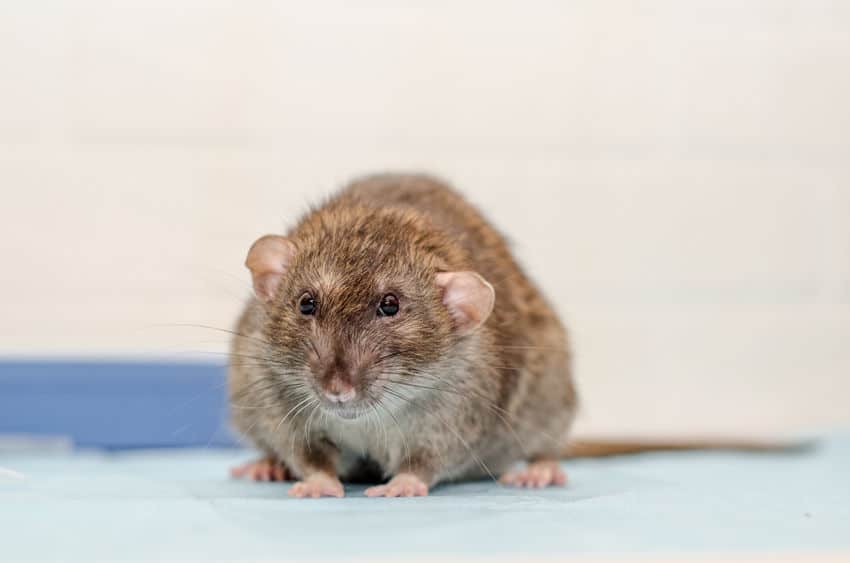
Sickness
Rats can develop respiratory diseases that will cause them to breathe poorly. They will make wheezing and rattling, and honking sounds as they gasp for air. These problems can develop if you buy the wrong type of bedding.
Related: What are the most commonly seen pet rat diseases?
Weakness
A sick rat won’t bother making any kind of noise but will be more reclusive and stay in its nest more often during the day and night. This weakness can be linked to natural illness or poor nutrition.
Weight loss
This is already a bad sign if your rat is starting to lose weight every week. If they simply aren’t eating or drinking, this is a huge danger. This is when you need to get your fancy rat to the vet as soon as you see this happening.
Can you let a rat roam around the house?
Rats are one of the few pocket pets that you can let roam around your house if you rat-proof certain areas. Some owners like to let their rats roam on a desktop where their cage is located. You should always keep an eye on them and not let them get out of your sight.
What are the symptoms of a dying rat?
The top three signs will include loss of appetite, lethargy, and rapid weight loss. Some signs include tumors that grow inside them. These aren’t dangerous to you, but once they start showing, your rat won’t have long to live.
If they are having trouble holding their food, and have many seizures that include shaking and vibrating for seconds to minutes at a time, these only get worse. In the end, they will be confused and not be able to take care of their health.
Read more
- 250+ Funny & Cute Rat Names
- Rat cage setup – Create the perfect habitat for your fancy rat
- What do pet rats eat?
Contents

